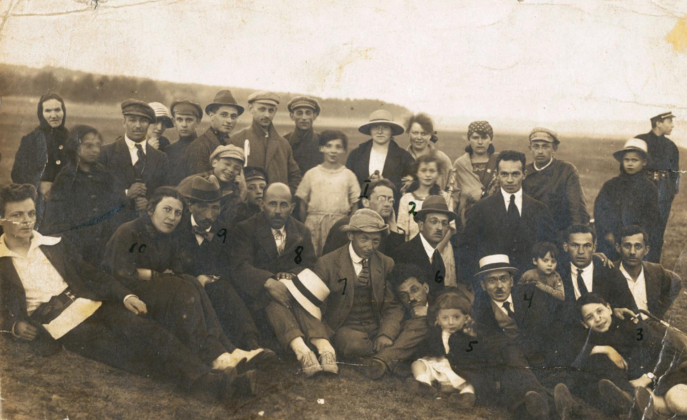Folkism and Yiddish Culture in Interwar Lithuania

|
Max Weinreich Fellowship Lecture in Baltic Jewish Studies
The Abram and Fannie Gottlieb Immerman and Abraham Nathan and Bertha Daskal Weinstein Memorial Fellowship in Eastern European Jewish Studies, the Abraham and Rachela Melezin Memorial Fellowship and the Maria Salit-Gitelson Tell Memorial Fellowship Admission: Free |
In 1921 a number of Yiddish writers and cultural activists, including Der Nister, Nokhem Shtif and Dovid Bergelson, left Russia and Ukraine for Lithuania. Most used the young republic as a waystation to Western Europe. But while in Kaunas, the Lithuanian capital, some aligned with the local Jewish Folkspartey and became active in its movement to shape the Jewish political culture in Lithuania. In this talk Michael Casper discusses the emergence of Lithuanian Folkism, and its vision for Yiddish, in late 1910s and early 1920s.
This program takes place in the 2nd floor Kovno Room.
About the Speaker
Michael Casper is a doctoral candidate in History at UCLA working on the political and cultural history of Jews in interwar Lithuania. He is the 2016-17 recipient of YIVO's Fellowship in Baltic Jewish Studies.




